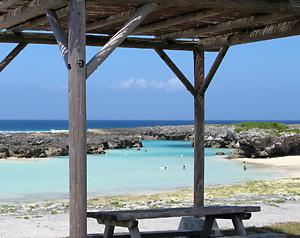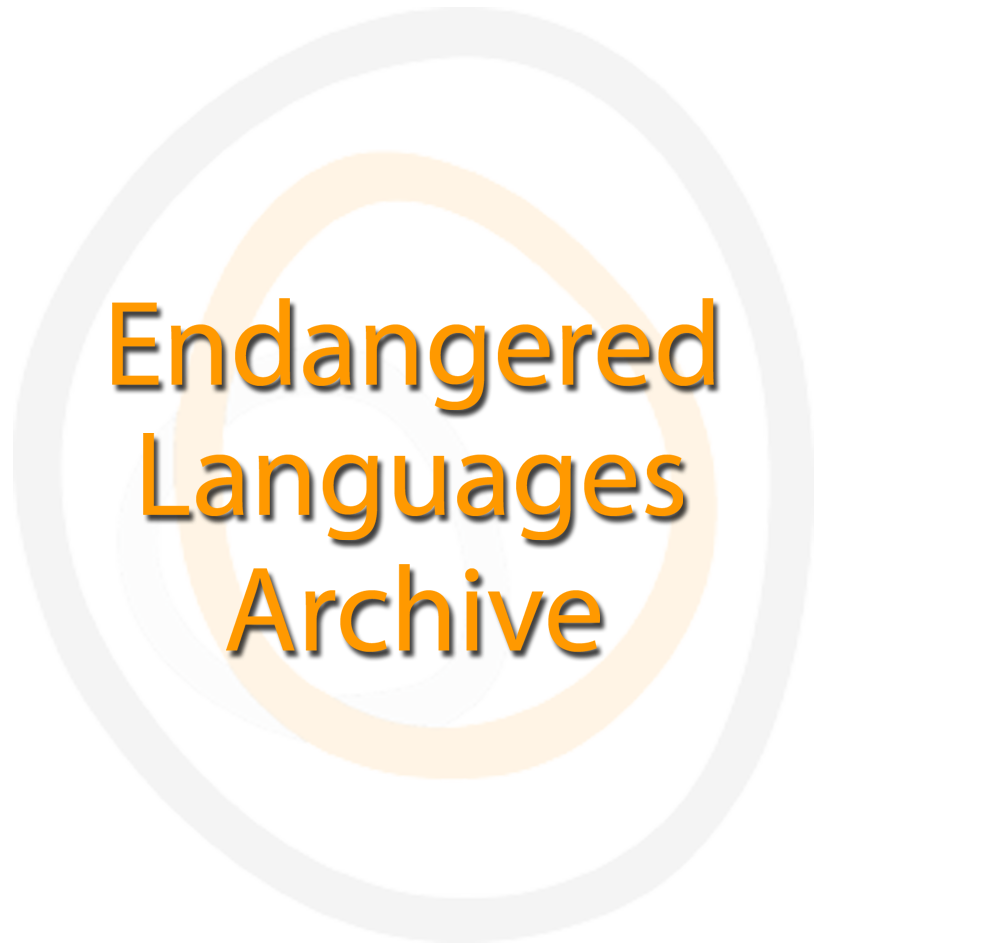Linguistic data of Kikai-Ryukyuan

Landing page image for the collection “Linguistic data of Kikai-Ryukyuan”. Click on image to access collection.
| Language | Kikai-Ryukyuan |
| Depositor | Rihito Shirata |
| Affiliation | Kyoto University |
| Location | Japan |
| Collection ID | 0274 |
| Grant ID | |
| Funding Body | Japan Society for the Promotion of Science |
| Collection Status | Collection online |
| Landing Page Handle | http://hdl.handle.net/2196/9261aab6-bb7f-4f12-aaf1-4c336f4fb3e5 |
Summary of the collection
The deposited data are recordings of endangered Kikai-Ryukyuan, a traditional local language spoken on the Kikai Island. With the aim of documentation and description of the local language, we recorded natural discourse, folklores, songs and elicitation sessions for analyzing phonology, morphology and syntax of the language. We focused especially on the dialect spoken in Kamikatetsu (the southern-most village on the island) and the dialect spoken in Onotsu (the northern-most village on the island). The Kikai Island is located near Amami-Ōshima island, at the northeast end of the Ryukyuan-speaking area and administered by Kikai Town, Ōshima District, Kagoshima Prefecture, Japan. The island has an area of 56.94 km2, a population of 7,989 (as of the end of May 2013 according to the document published by the town). There are more than thirty villages on Kikai island, so that Kikai Ryukyuan enjoys a relatively rich variety in vocabulary, phonology, and morphology. Fluent speakers of of the traditional linguistic variations are mostly in their fifties and older. Younger generations only have passive command or limited lexical knowledge of the dialects.
Group represented
Kikai, Amami, Ryukyuan, Japanese speakers
Language information
Kikai-Ryukyuan is a traditional local language spoken on Kikai Island. The collection focuses on the dialect spoken in Kamikatetsu (the southern-most village on the island) and the dialect spoken in Onotsu (the northern-most village on the island). Fluent speakers of of the traditional linguistic variations are mostly in their fifties and older. Younger generations only have passive command or limited lexical knowledge of the dialects.
Acknowledgement and citation
To refer to any data from the collection, please cite as follows
Shirata, Rihito. 2013. Linguistic data of Kikai-Ryukyuan. Endangered Languages Archive. Handle: http://hdl.handle.net/2196/00-0000-0000-000E-FC2C-3. Accessed on [insert date here].


